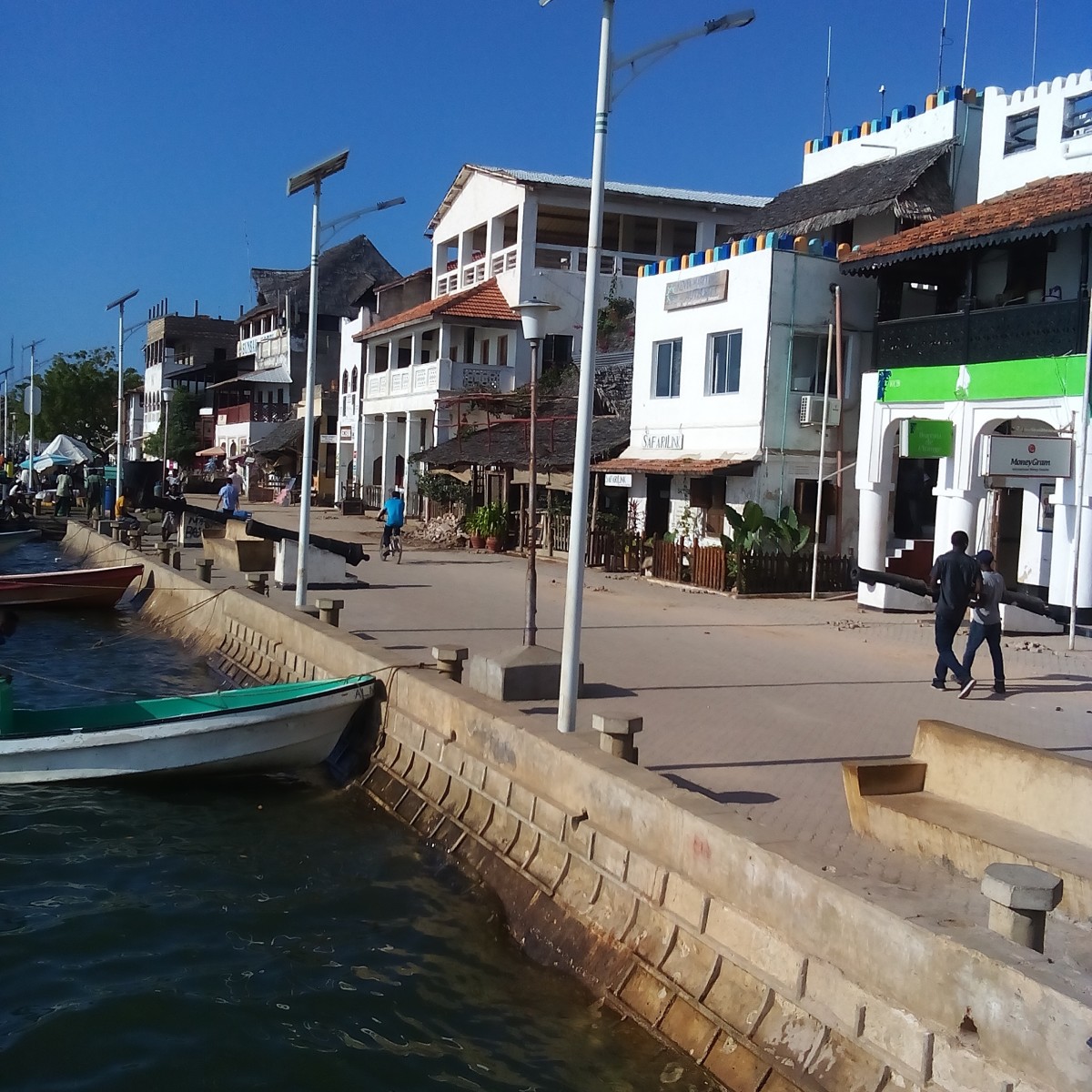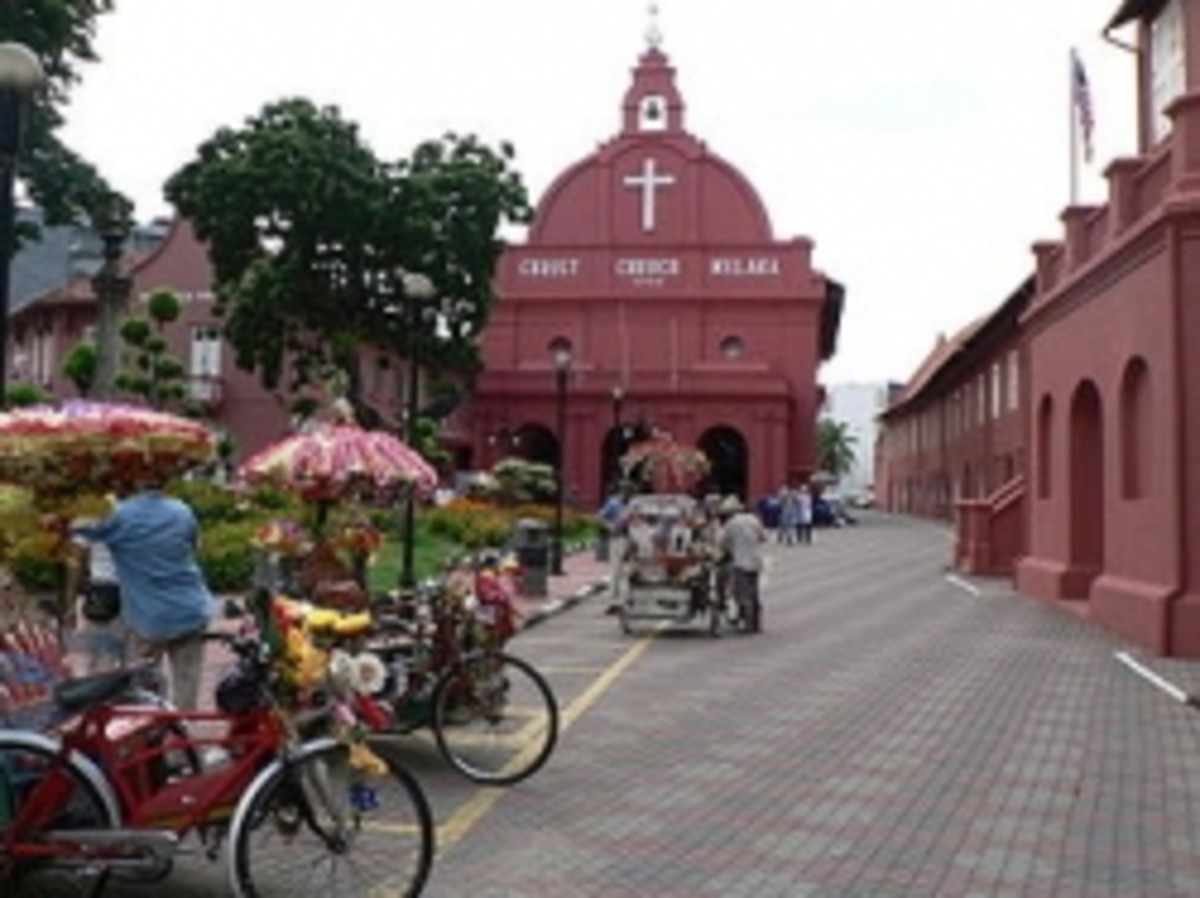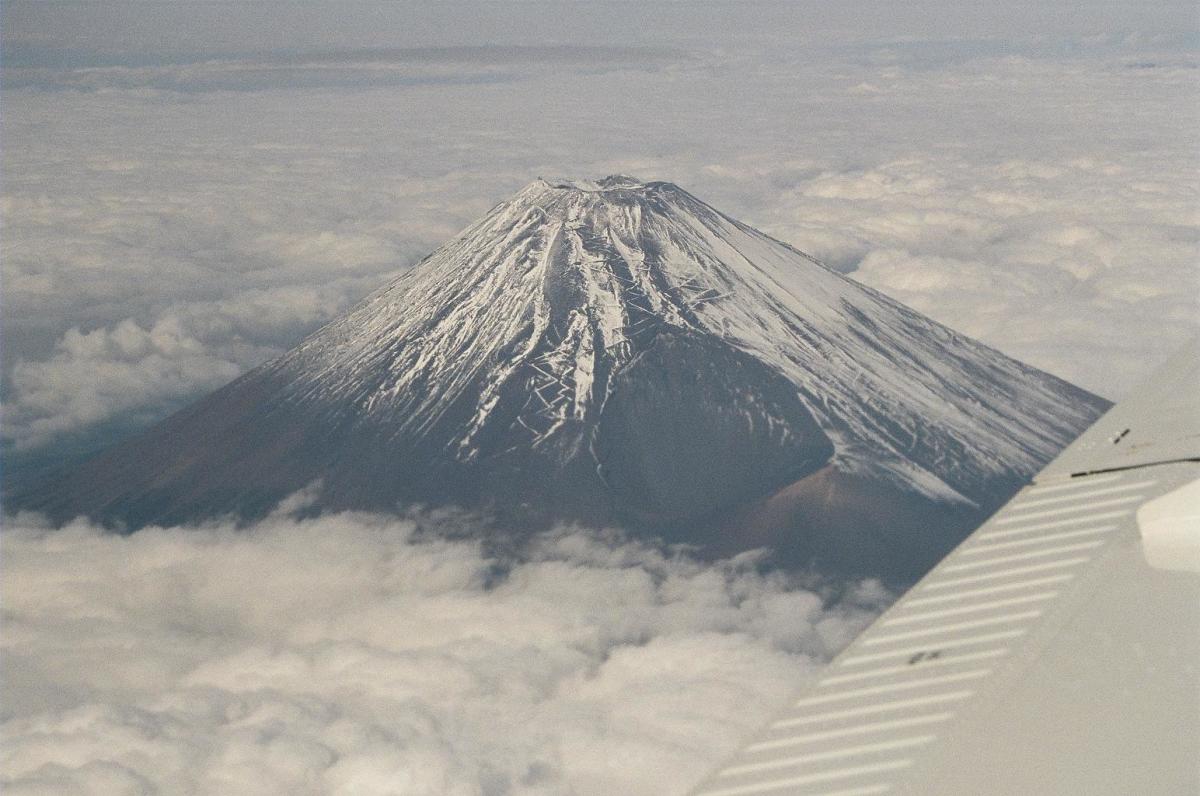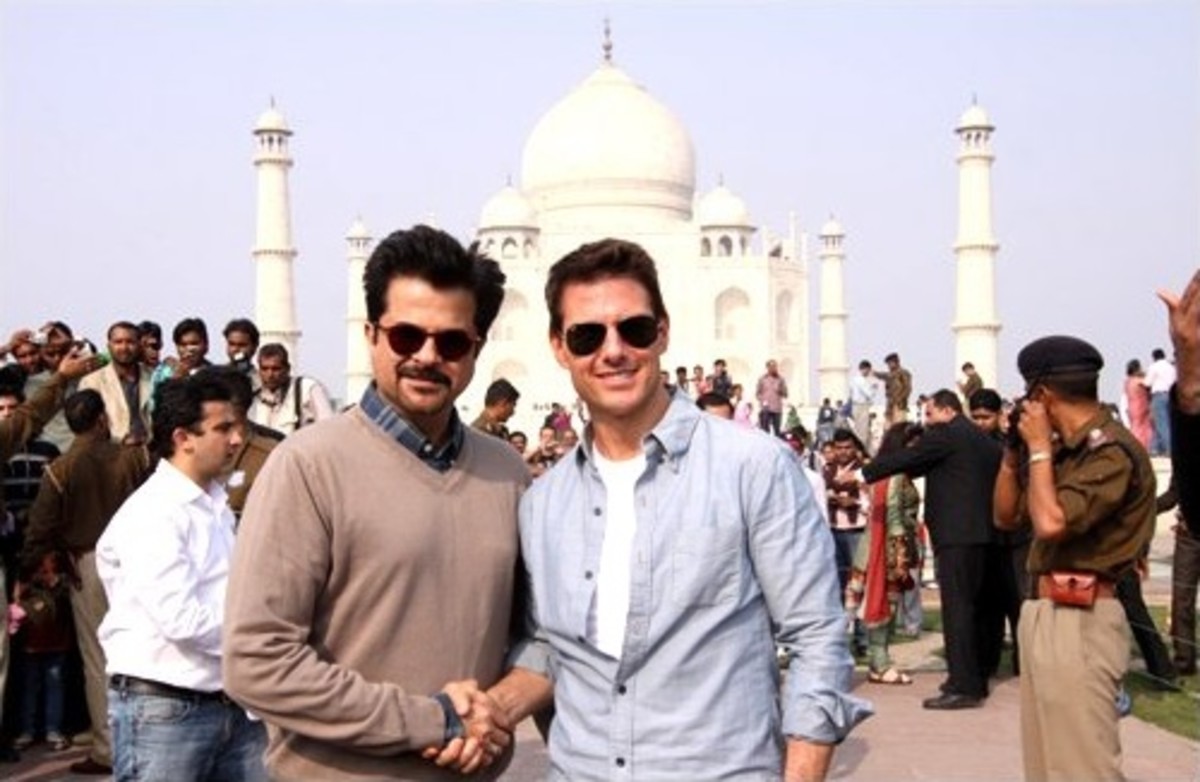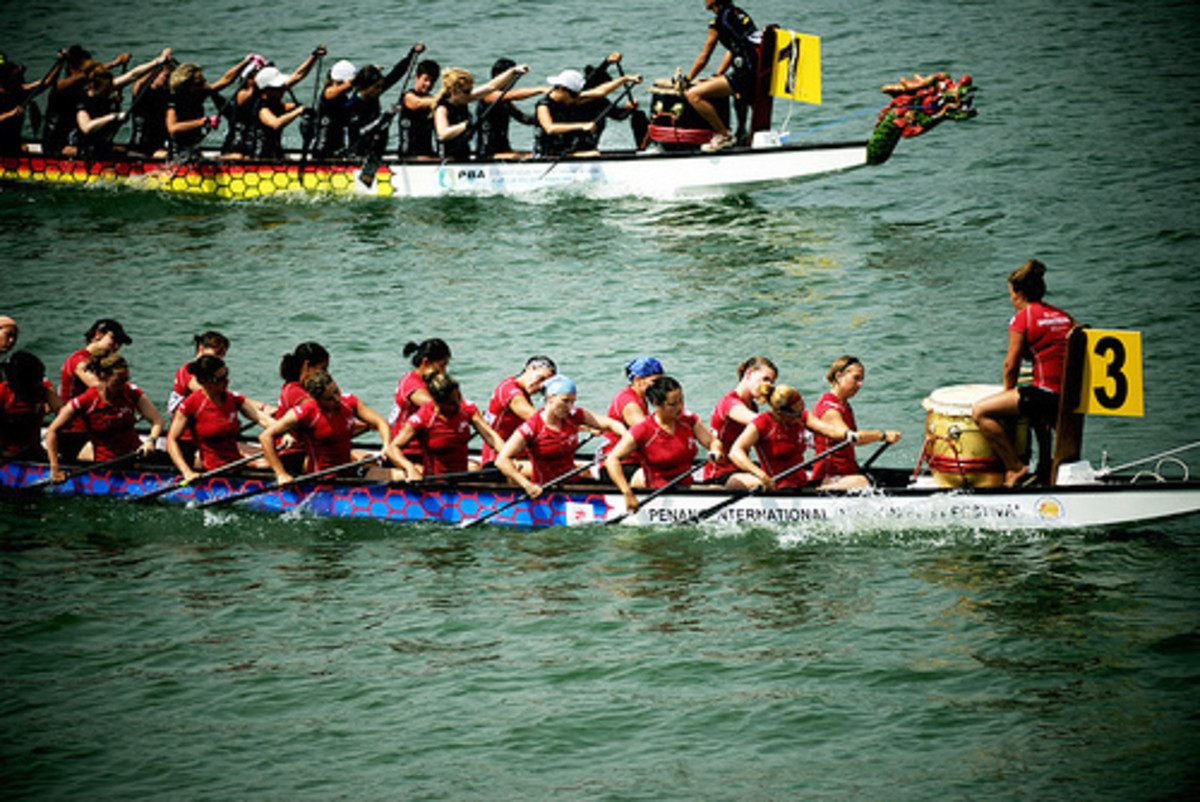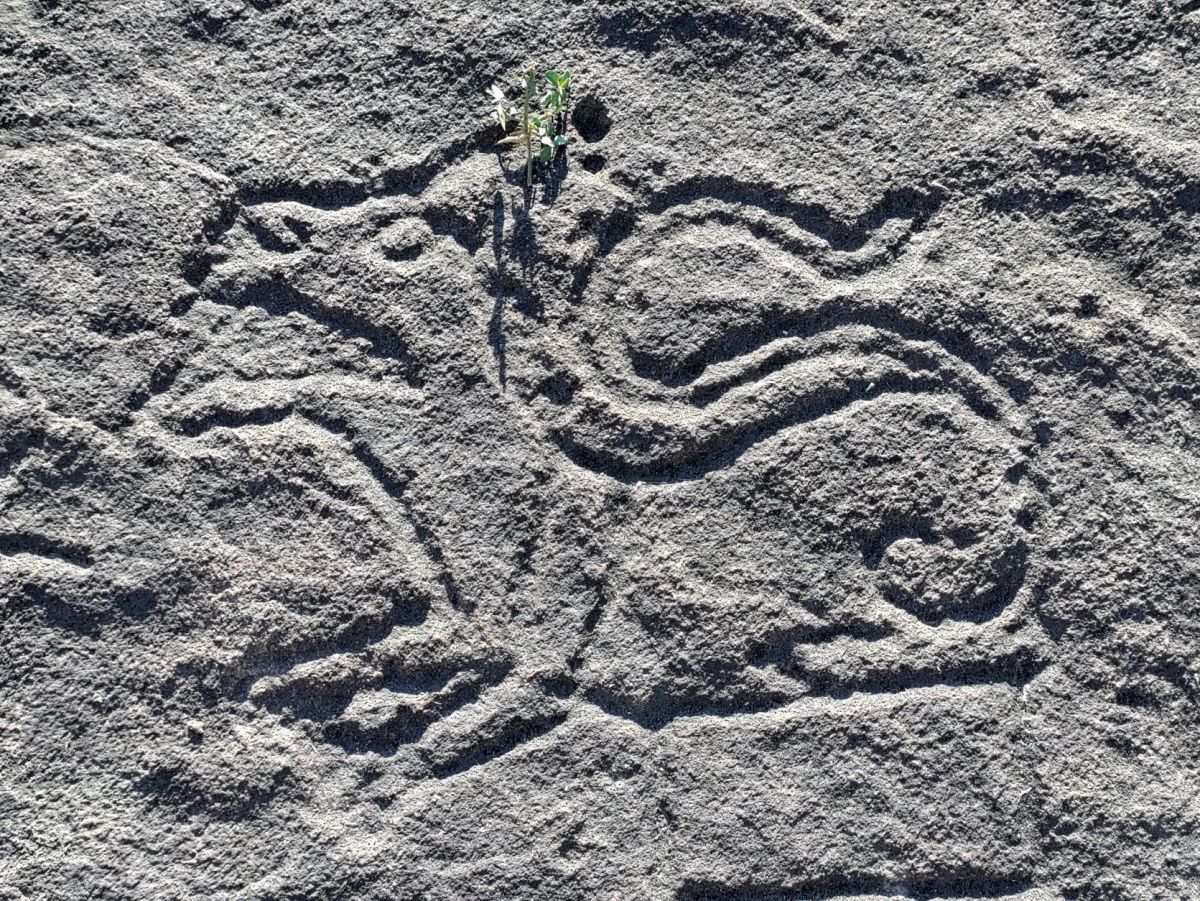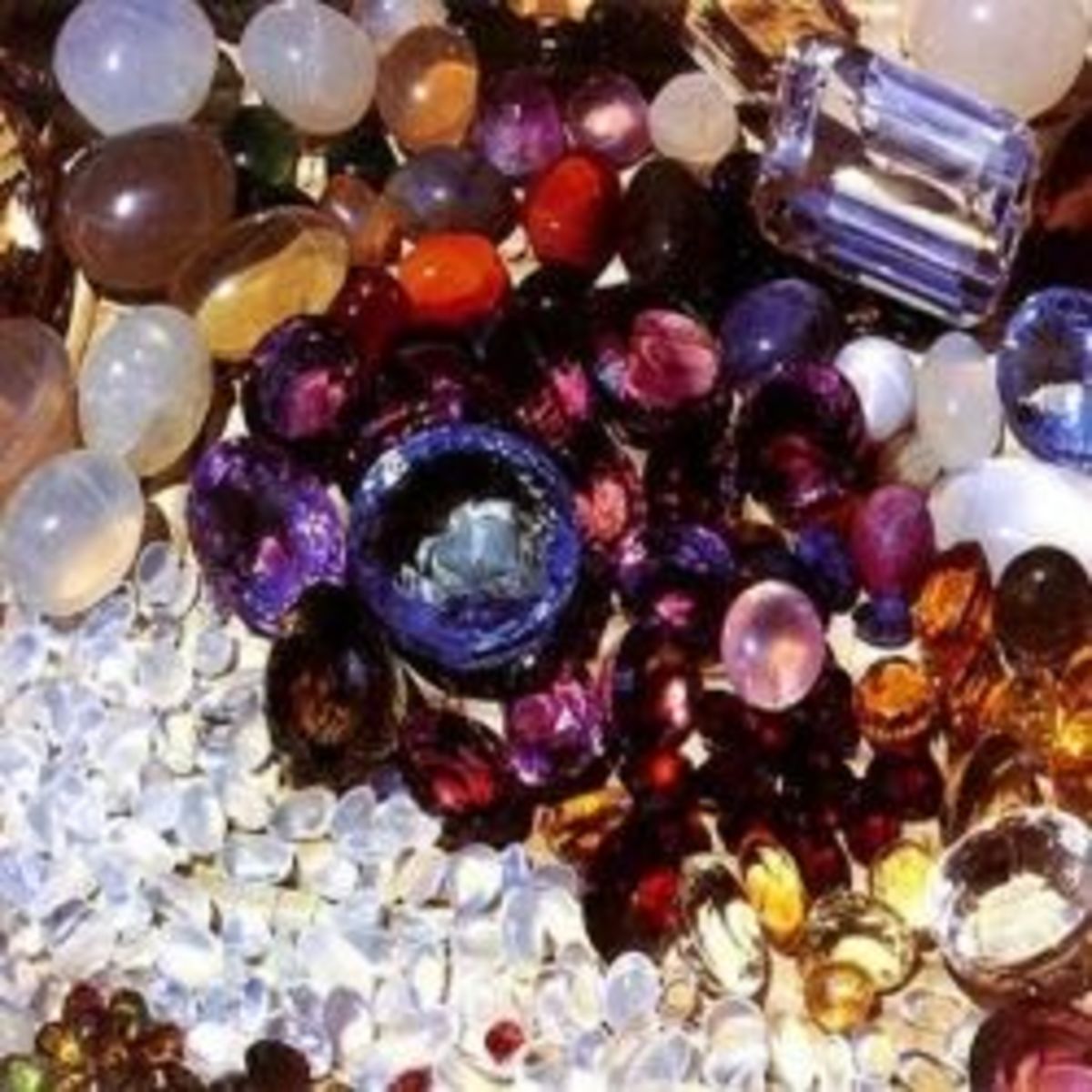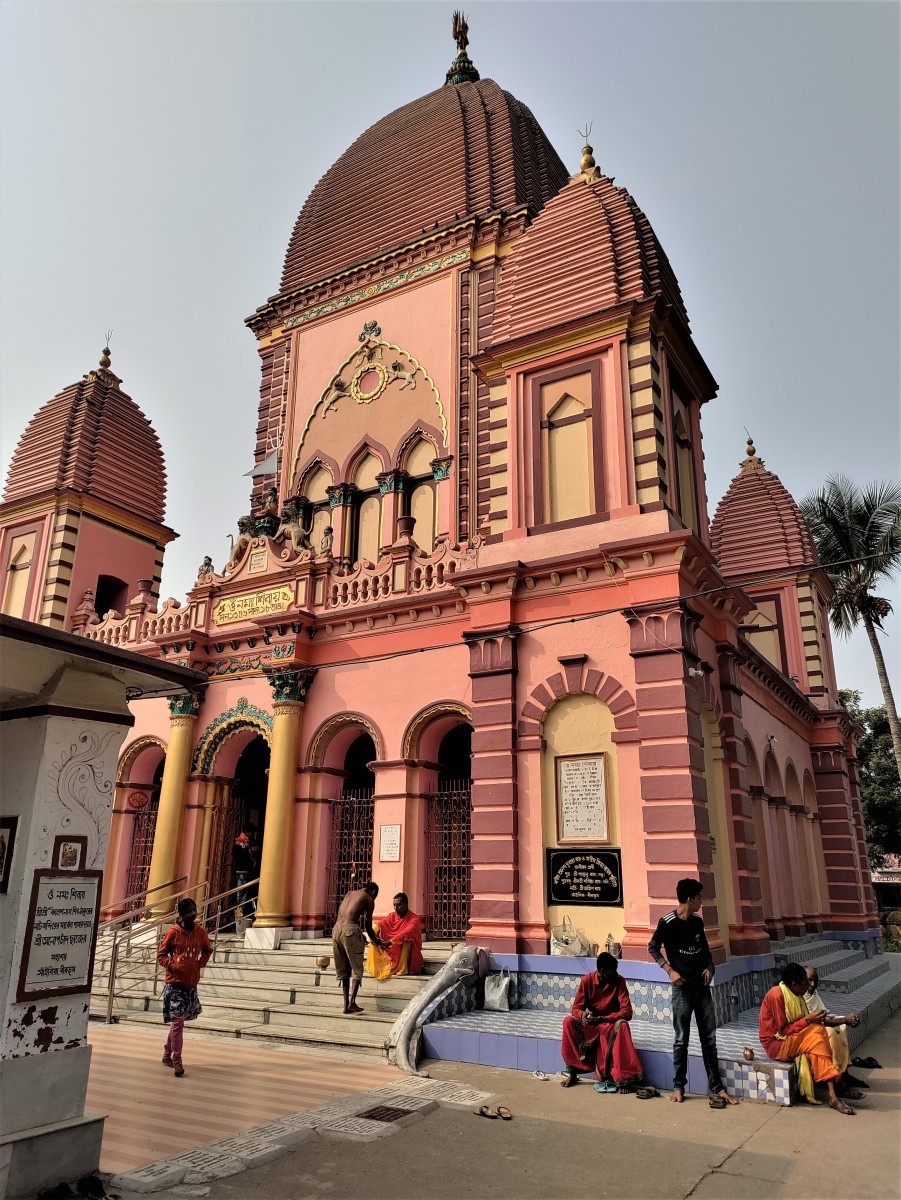Malacca historic state in Malaysia
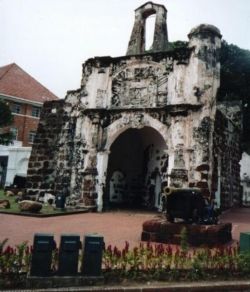
Malacca, an Overview
Malacca Once the capital of Malaysia (Malaya), Malacca is a curious mix of ancient and modern. Bright clean shopping precincts, supermarkets and stores stand side by side with traditionally thin houses / homes, narrow streets and open sewers. Modern hotels look down on a dusty landscape where the local population live in comparative poverty. There is considerable Chinese influence in Malacca.
From Wikipedia : Malacca (Malay: Melaka, dubbed The Historic State or Negeri Bersejarah among locals) is the third smallest Malaysian state, after Perlis and Penang. It is located in the southern region of the Malay Peninsula, on the Straits of Malacca. It borders Negeri Sembilan to the north and the state of Johor to the south. The capital is Malacca City, which is 148 km south east of Malaysia's capital city Kuala Lumpur, 235 km north west to Johor's largest city Johor Bahru and 95 km north west to Johor's second largest city Batu Pahat. This historical city centre has been listed as a UNESCO World Heritage Site since 7 July 2008.
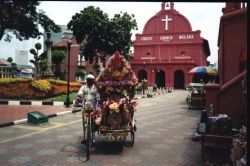
Malacca History
As per Malay Annals of the 16th century, Malacca was founded by Parameswara who was a Hindu royal and a political fugitive from Java. It is believed that Parameswara was out on search for a region when he stopped at the River Malacca to quench his thirst and refresh himself. Standing beside an Indian gooseberry tree, he saw his hunting dog so troubled by a mouse deer that he stumbled into the river. He regarded this as a symbol of the weak overcoming the powerful and made a decision to set his kingdom there. He named his kingdom after the river besides which he was standing.
Another text regards the name Malacca to have been derived from the Arabic word Malakat which means market. The state was a prosperous trading town and attracted many Arab traders in the 14th century. The state is believed to have officially adopted Islam in the 14th century.
In the 15th century, just after the visit of Cheng Ho who was a Chinese Muslim Admiral, communication and relations between Malacca and China strengthened. Also the control of the Malays intensified throughout the 15th century. In the Malay archives, the then sultan had six wives. The fifth wife was the daughter of a Ming Emperor. However as per Chinese chronicles, no such event has been recorded.
With the advent of the Portuguese in 1509, things began to change. At first they were welcomed but soon the Sultan turned them off. In 1511, the Portuguese returned and seized the Sultanate of Melaka. This led to a large development of a Eurasian community. The city was turned into a large walled fortress with a tall tower.
A coalition among the Dutch officials and the Sultanate of Johor Bahru led to the loss of power in 1641 when the Dutch navy blocked Malacca and seized the state. During the siege most of the Portuguese architecture was destroyed. The Dutch lost their control after 150 years when Netherlands was occupied by the French and the British took over the state of Malacca. The A' Famosa Gate is the only architecture that remains of the Portuguese and Dutch Forts, thanks to Sir Stamford Raffles who saved the A Famosa Gate.
Malacca today is a hub for Peranakan culture. When Chinese settlers came to Malacca, they married local brides from Java, Batak and Acehnese descent. The result of the mix of local culture and Chinese culture lead to the formation of the Peranakan culture. A small minority of Eurasians which are of the Portuguese descent continue to speak Kristang in Malacaa today.
credit to : here
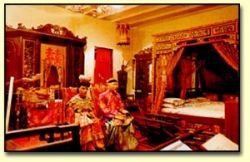
The Culture
The historic centre of Malacca was inscribed on the World Heritage List on 7 July 2008 together with George Town, the capital of Penang.
The Malays, settled in Malacca since 1400, form the largest community and have a distinctive culture.
Two of the most important museums in Malacca are the Baba Nyonya Heritage Museum and the Malacca Sultanate Palace Museum.
Malacca is well-known for its food; Malay dishes include ikan asam pedas, sambal belacan and cencaluk.
Belacan, a Malay variety of shrimp paste, is prepared from fresh shrimp of a species known as keragu in Malay. These are mashed into a paste and dried in lumps, pounded and formed into large balls, dried again for a week or so, wrapped in plastic and stored for future use. It is in this form that most of these blachan balls are sold. Belacan is used as an ingredient in many dishes, or eaten on its own with rice. A common preparation is sambal belacan, made by mixing belacan with chili peppers, minced garlic, shallot paste and sugar and then fried. The aroma from the frying mixture can be unpalatable to Westerners who have not become accustomed to it, but is an absolute delight to the Asian connoisseur.
Malacca is also famous for satay celup. Raw fish and meat are skewered onto sticks which is then cooked in a peanut sauce; this is often sold in individual sticks.
Nyonya-Baba cuisine is a fusion of Chinese (mostly southern Hokkien or Fujian influence), Portuguese, Dutch, Indian, British and Malay cooking with most dishes being spicy in nature. Peranakan dishes include Itik Tim (a soup containing duck and salted vegetables), Ayam Pong Teh (chicken casserole with salted brown-bean sauce usually served with potatoes) as well as the famous Nyonya Laksa. Chicken Rice Ball is another dish popular with domestic Chinese tourists.
Heavily decorated bicycle rickshaw in Malacca
Malacca's ethnic Portuguese population are the descendants of Portuguese colonists from the 16th and 17th centuries. Even to this day, many of the traditions originating with the Portuguese occupation are still practised, i.e. "Intrudu" from Portuguese word "Entrudo" (a water festival that marks the beginning of Lent, the Catholic fasting period), "branyu" (traditional dance), "Santa Cruz" (a yearly Festival of street celebrations).
The Portuguese colonists contributed dishes like Devil's Curry and Portuguese egg tarts to the town's cuisine. Ikan Bakar (roasted fish) restaurants in Umbai, Serkam and Alai are also popular.
There is also a sizeable amount of Sikhs residing in Malacca, and Sikhs from Malacca and abroad congregate in the gurdwara (Sikh temple) situated in Jalan Temenggong during the last weekend of May, to commemorate the death of its former priest, Sant Baba Sohan Singh Ji, who was elevated to a saint upon passing away. Visitors are welcome but are advised to follow rules and common practices within the premises. Typical vegetarian punjabi cuisine will be served to everyone visiting the gurdwara.
Credit to Wikipedia
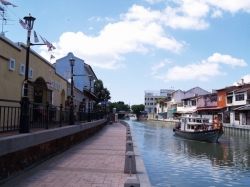
UNESCO World Heritage City
Malacca has been listed as a UNESCO World Heritage Site on 7 July 2008
From UNESCO website :
The historic cities of the Straits of Malacca have developed over 500 years of trading and cultural exchanges between East and West in the Straits of Malacca. The influences of Asia and Europe have endowed the towns with a specific multicultural heritage that is both tangible and intangible. With its government buildings, churches, squares and fortifications, Melaka demonstrates the early stages of this history originating in the 15th-century Malay sultanate and the Portuguese and Dutch periods beginning in the early 16th century.
Blackbox
Whoever is Lord in Malacca has his hand on the throat of Venice.
(Duarte Barbosa, 16th century writer and trader).
Interesting Place in Malacca - Stadthuys
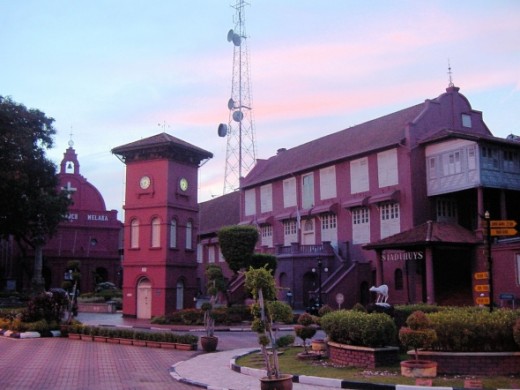
This is the oldest Dutch building which was finished in 1660. Today it is used as a history museum.
Malacca Christ Church
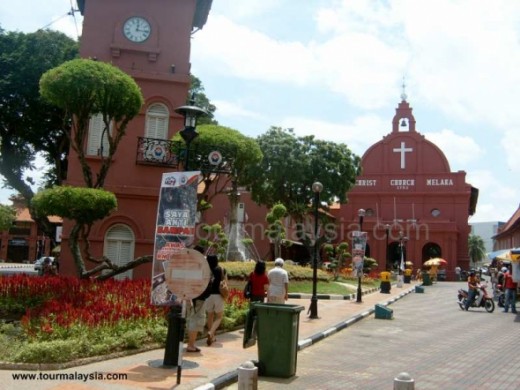
# This structure was constructed between the years 1741 and 1753. The bricks for this building were shipped from Netherlands and Zeeland. The church also has many Dutch tombstones. The church today is the oldest protestant church of Malaysia. Beautiful sacramental silverware can be seen at the altar.
Tang Beng Swee Clock Tower
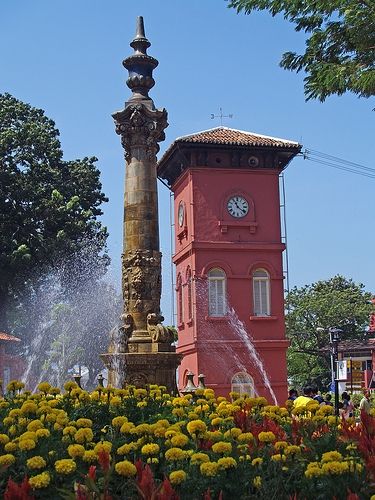
Tang Beng Swee Clock Tower was built in 1886 on the Red Square. This tower looks like it was built by the Dutch. However it wasn't.
Porta de Santiago
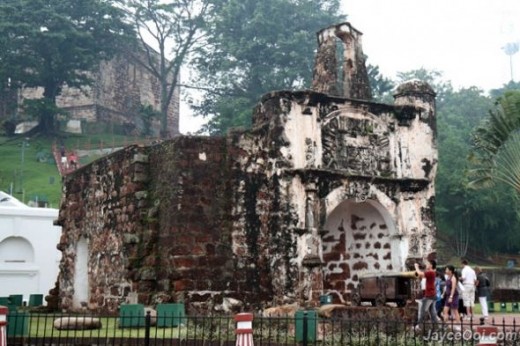
Porta de Santiago consists of the remains of the old fort which was built by the Portuguese.
St. Paul's Church
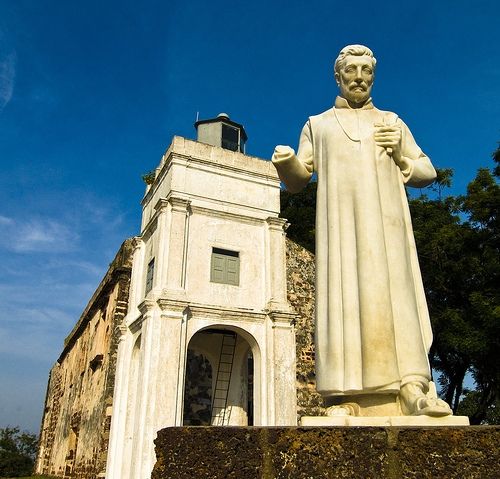
The St. Paul's Church was built in 1521 by the Portuguese. However it was converted into a fortress in 1567. It was then called Nossa Senhora da Annunciada (Our Lady of Annunciation). In 1596, the church was seized by the Dutch and called St. Paul's. The burial ground adjacent to the church was used by the Dutch.
Muzium Budaya
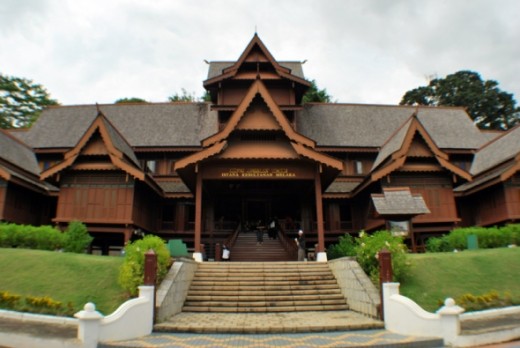
The Melaka Cultural Museum or Muzium Budaya was built in 1985.
Baba and Nyonya Peranakan Museum
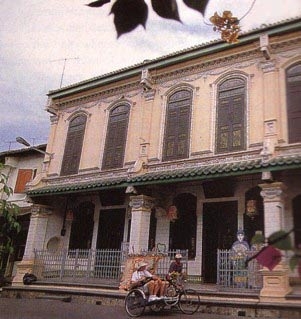
This museum town house is a great example of Peranakan architecture and culture.
Jonker, Heeren and parallel streets
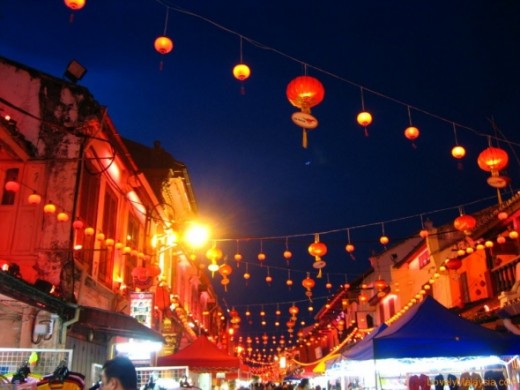
These streets form the residential centre of Old Malacca. The narrow zigzag streets, skilfully decorated and painted houses, little shops, temples, churches and mosques take you back in time.
Cheng Hoon Teng Temple
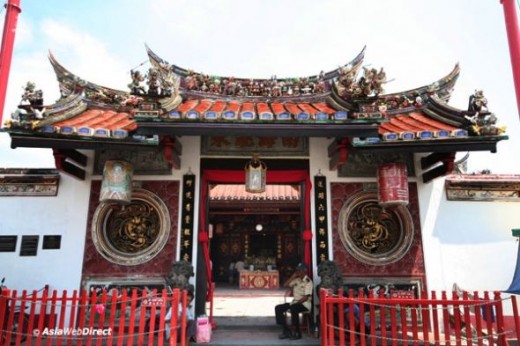
Cheng Hoon Teng Temple is the oldest Chinese temple that exists in Malaysia. It bears an inscription which dates back to 1685 honouring the conduct of King Kapitan China Li Wei.
St John's Hill and Fort
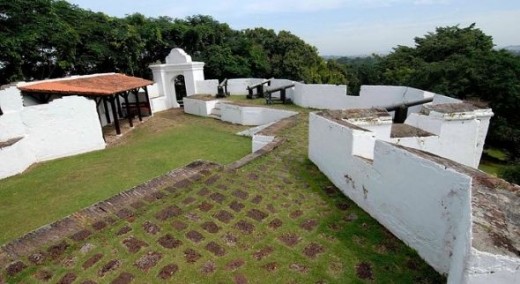
A fortress that is located on top of St. John's Hill in Bandar Hilir which is south of the city. Beautiful and breathtaking views can be seen from the top of the hill.





